Bucovina must visit destinations
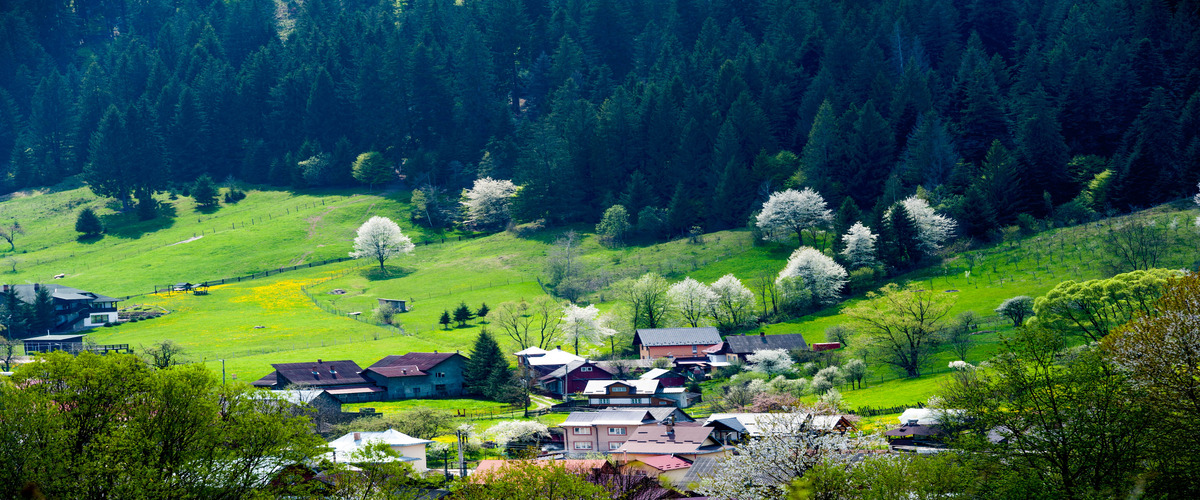
Credits


Bucovina must visit destinations
Even if it take a little bit longer to reach these lands, the result is worth it! Located in northeastern Romania, is a treasure trove of cultural heritage and natural beauty, home to the UNESCO World Heritage painted monasteries of Voronet, Sucevita, and Moldovita. These sites, with their vibrant frescoes, reflect the region's rich history and religious significance. Bucovina's picturesque landscapes of rolling hills and dense forests, along with its traditional crafts and warm hospitality, make it a must-visit destination for anyone looking to experience authentic Romanian culture and breathtaking scenery.

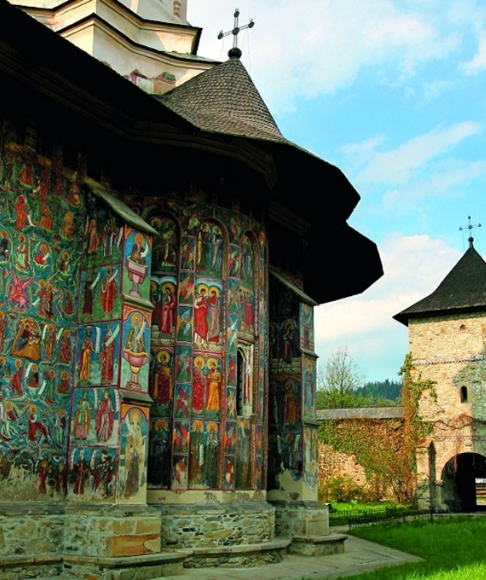
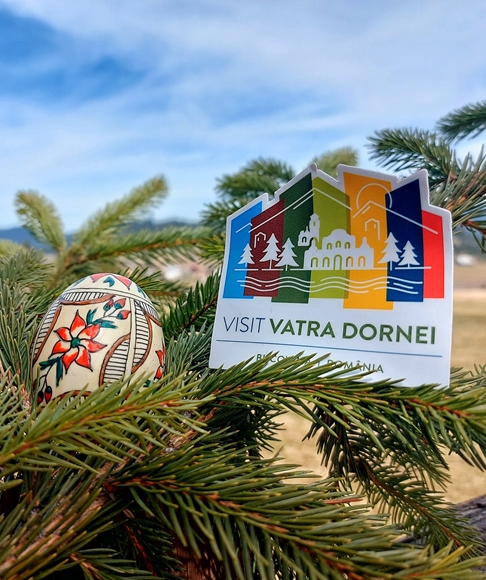
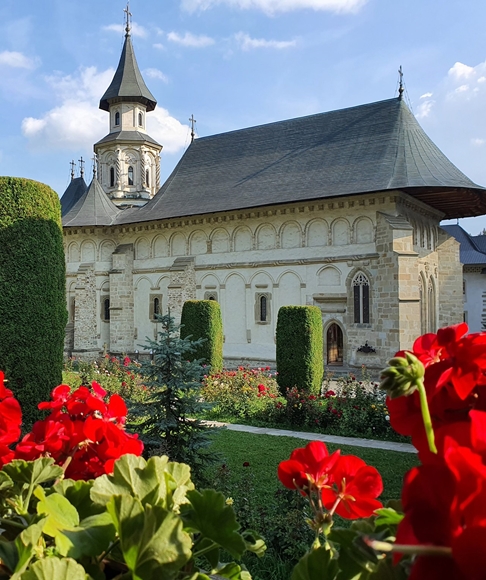
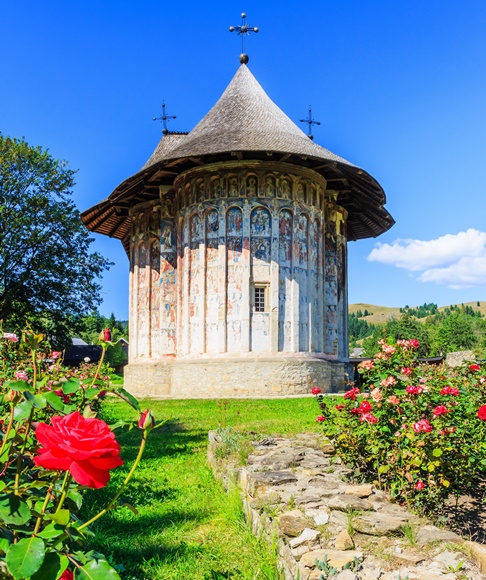
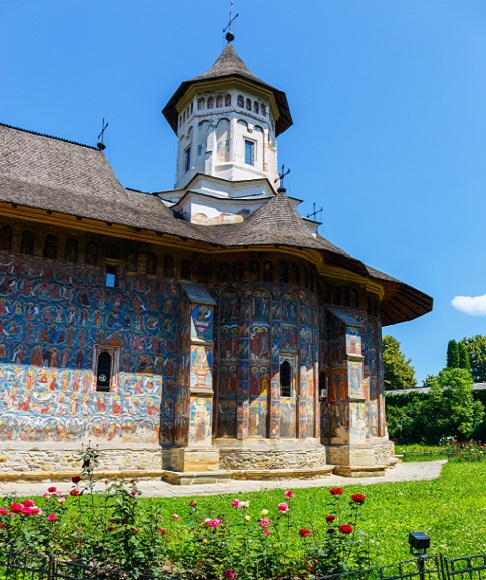


.png)




